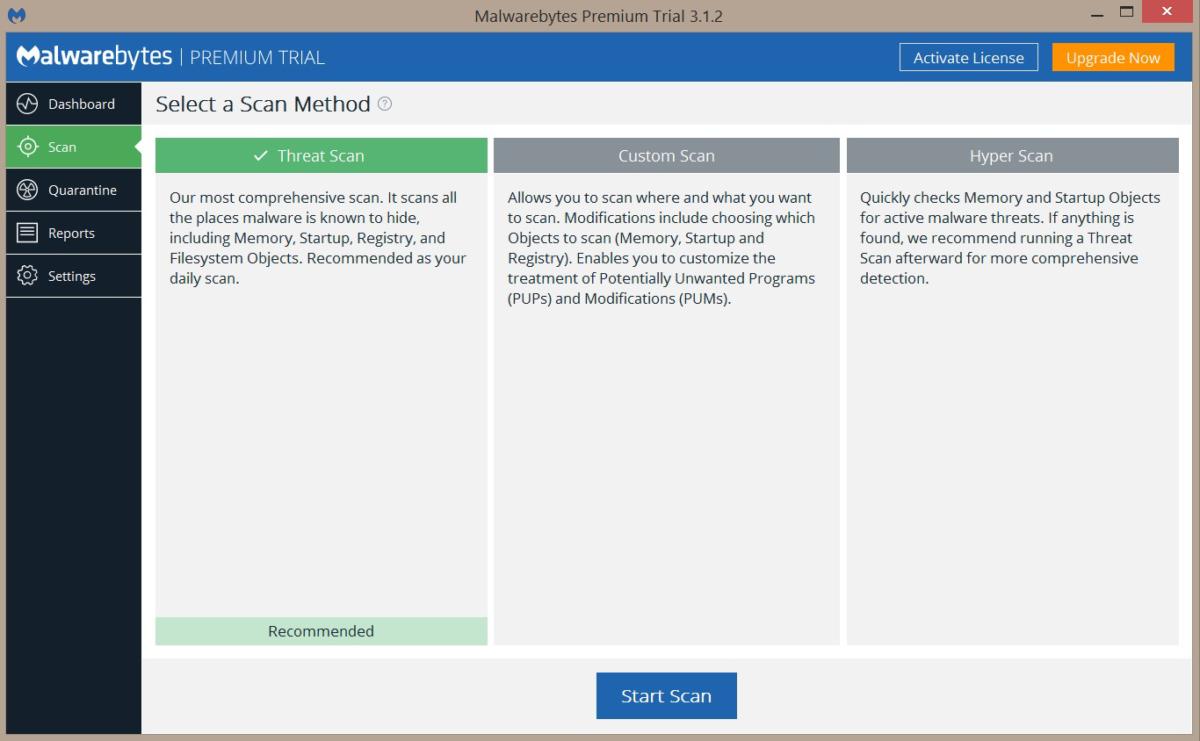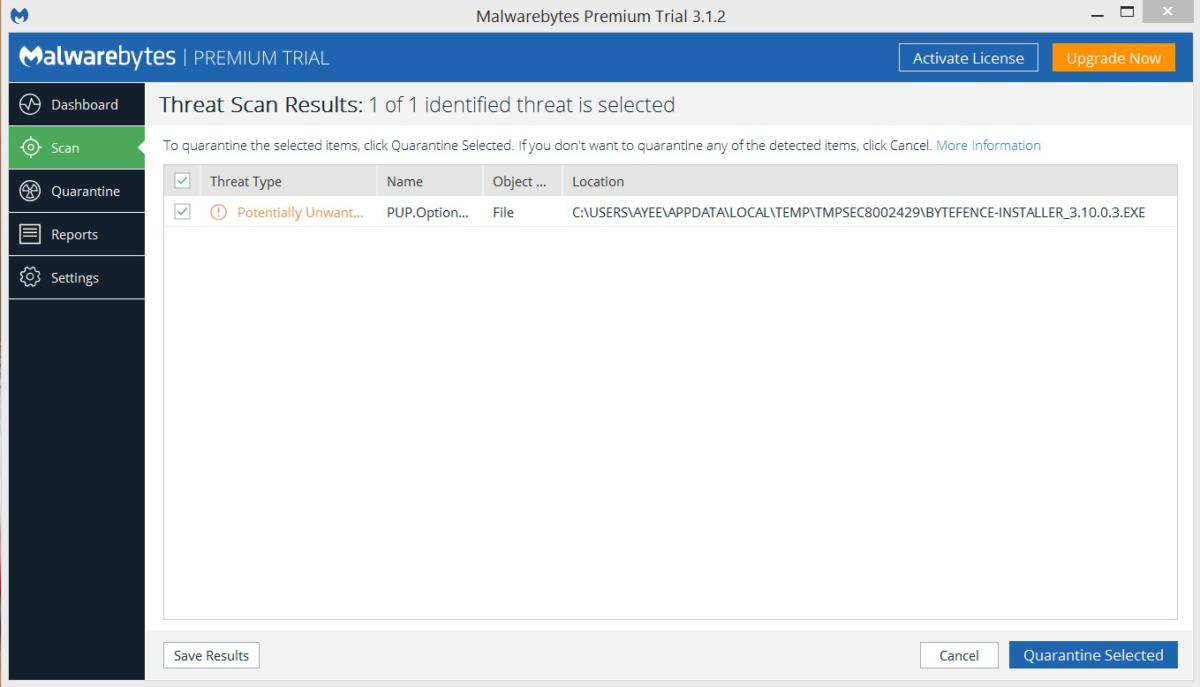How to remove malware from your Windows PC
 Pay attention the symptoms of a doubtlessly malware-infested computer: slower-than-typical performance, the current occurrence of plenty of pop-ups, and different weird problems. It’s possible your machine has been inflamed by using a virulent disease, spyware, or other nefarious entity—even when you have an antivirus software set up. Yes, out-of-the-regular behavior is on occasion the result of hardware issues, but it’s first-rate to first rule out malware in case your computer is appearing up. Here’s a step-by way of-step manual for taking action.
Pay attention the symptoms of a doubtlessly malware-infested computer: slower-than-typical performance, the current occurrence of plenty of pop-ups, and different weird problems. It’s possible your machine has been inflamed by using a virulent disease, spyware, or other nefarious entity—even when you have an antivirus software set up. Yes, out-of-the-regular behavior is on occasion the result of hardware issues, but it’s first-rate to first rule out malware in case your computer is appearing up. Here’s a step-by way of-step manual for taking action.Step 1: Enter Safe Mode
Earlier than you do some thing, you want to disconnect your computer from the internet, and don’t use it till you’re ready to easy your pc. This could help save you the malware from spreading and/or leaking your private information.
If you think your pc may additionally have a malware contamination, boot your computer into microsoft’s safe mode. In this mode, most effective the minimal required applications and offerings are loaded. If any malware is ready to load automatically when windows begins, getting into on this mode may also prevent it from doing so. This is critical because it is able to make doing away with the nefarious documents less difficult when you consider that they’re not surely going for walks or lively.
If you think your pc may additionally have a malware contamination, boot your computer into microsoft’s safe mode. In this mode, most effective the minimal required applications and offerings are loaded. If any malware is ready to load automatically when windows begins, getting into on this mode may also prevent it from doing so. This is critical because it is able to make doing away with the nefarious documents less difficult when you consider that they’re not surely going for walks or lively.
Step 2: Delete temporary files
 You can use Windows 10’s built-in disk cleanup utility to rid your system of unnecessary temp files.
You can use Windows 10’s built-in disk cleanup utility to rid your system of unnecessary temp files.
Now that you’re in Safe Mode, you’ll want to run a virus scan. But before you do that, delete your temporary files. Doing this may speed up the virus scanning, free up disk space, and even get rid of some malware. To use the Disk Cleanup utility included with Windows 10 just type Disk Cleanup in the search bar or after pressing the Start button and select the tool that appears named Disk Cleanup.
Step 3: Download malware scanners
Now you’re ready to have a malware scanner do its work—and fortunately, running a scanner is enough to remove most standard infections. If you already had an antivirus program active on your computer, you should use a different scanner for this malware check, since your current antivirus software may not have detected the malware. Remember, no antivirus program can detect 100 percent of the millions of malware types and variants.
There are two types of antivirus programs. You’re probably more familiar with real-time antivirus programs, which run in the background and constantly watch for malware. (Another option is an on-demand scanner, which searches for malware infections when you open the program manually and run a scan. You should have only one real-time antivirus program installed at a time, but you can have many on-demand scanners installed to run scans with multiple programs, thereby ensuring that if one program misses something a different one might find it.
If you think your PC is infected, we recommend using an on-demand scanner first and then following up with a full scan by your real-time antivirus program. Among the free (and high-quality) on-demand scanners available are BitDefender Free Edition, Kaspersky Virus Removal Tool, Malwarebytes, Microsoft’s Malicious Software Removal Tool, Avast, and SuperAntiSpyware.
Step 4: Run a scan with Malwarebytes
Malware Bytes in one of the best free antivirus for windows For illustrative purposes, we’ll describe how to use the Malwarebytes on-demand
scanner. To get started, download it. If you disconnected from the internet for safety reasons when you first suspected that you might be infected, reconnect to it so you can download, install, and update Malwarebytes; then disconnect from the internet again before you start the actual scanning. If you can’t access the internet or you can’t download Malwarebytes on the infected computer, download it on another computer, save it to a USB flash drive, and take the flash drive to the infected computer.
After downloading Malwarebytes, run the setup file and follow the wizard to install the program. Once the program opens, it will automatically activate a trial of the paid version that enables real-time scanning. You won’t get charged after the trial ends, however—by default, the program reverts to the standard free version in 14 days. In the meanwhile, you can disable the real-time scanning for those two weeks if you prefer.
To run a scan, switch from the Dashboard tab to the Scan tab. Keep the default scan option (“Threat Scan”) selected and click the Start Scan button. It should check for updates before it runs the scan, but make sure that happens before you proceed.
Though it offers a custom-scan option, Malwarebytes recommends that you perform the threat scan first, as that scan usually finds all of the infections anyway. Depending on your computer, the quick scan can take anywhere from 5 to 20 minutes, whereas a custom scan might take 30 to 60 minutes or more. While Malwarebytes is scanning, you can see how many files or objects the software has already scanned, and how many of those files it has identified either as being malware or as being infected by malware.
If Malwarebytes automatically disappears after it begins scanning and won’t reopen, you probably have a rootkit or other deep infection that automatically kills scanners to prevent them from removing it. Though you can try some tricks to get around this malicious technique, you might be better off reinstalling Windows after backing up your files (as discussed later), in view of the time and effort you may have to expend to beat the malware.
Once the scan is complete, Malwarebytes will show you the results. If the software gives your system a clean bill of health but you still think that your system has acquired some malware, consider running a custom scan with Malwarebytes and trying the other scanners mentioned earlier. If Malwarebytes does find infections, it’ll show you what they are when the scan is complete. Click the Remove Selected button in the lower left to get rid of the specified infections. Malwarebytes may also prompt you to restart your PC in order to complete the removal process, which you should do.
If your problems persist after you’ve run the threat scan and it has found and removed unwanted files, consider running a full scan with Malwarebytes and the other scanners mentioned earlier. If the malware appears to be gone, run a full scan with your real-time antivirus program to confirm that result.


No comments:
Post a Comment